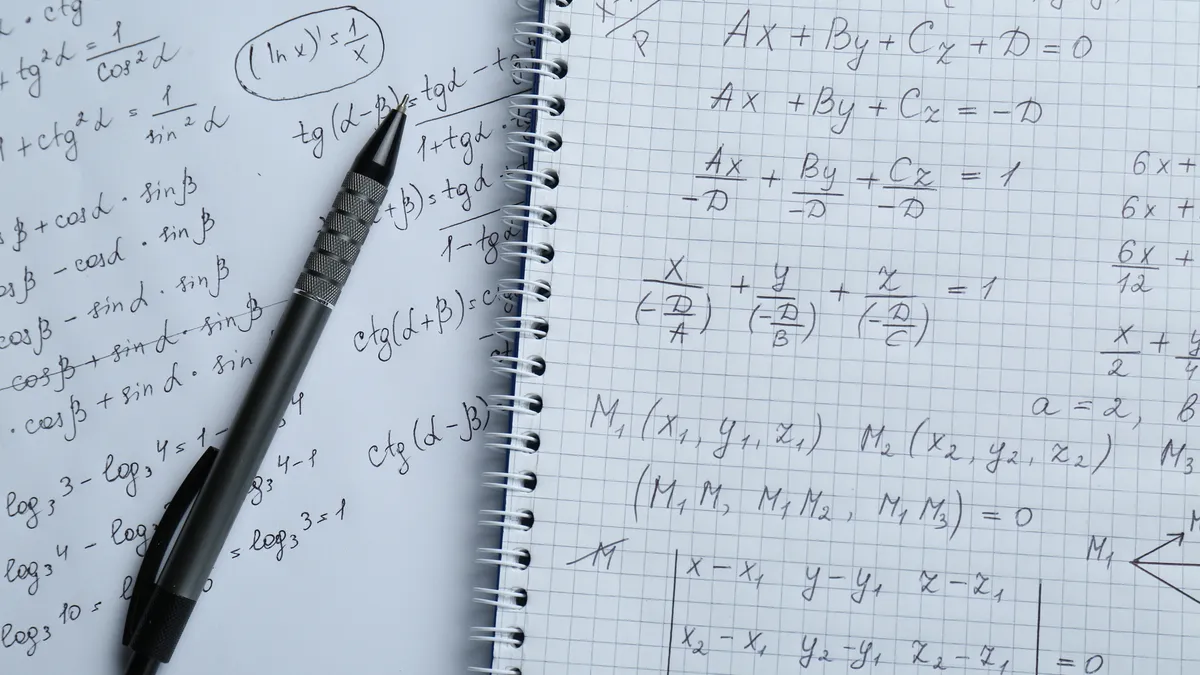As the Russian-Ukrainian war escalates outside the nation’s borders, its impact is reverberating in U.S. school hallways and classrooms.
At Canyon Crest Academy in San Diego, the conflict is personal for the school’s Ukrainian and Russian students, some of whom still have family overseas.
“Sometimes you'll find them in the same class,” said Stuart Pollock, a government and economics teacher at the public high school who has discussed the conflict in his class.
“It's been illuminating to have students that have relatives or family on both sides of the conflict. The conversations in the room have always been very respectful, but it’s also very clear that there's different views.”
Disagreements can arise over the expansion of NATO, Russia’s intent and Vladimir Putin, and the West’s involvement in the war. Throughout the discussions, though, Pollock’s aim is for his students to gain a better understanding of the current events.
“Especially these days when we live in a very divided U.S. right now, over various topics,” said Pollock. “I think that the classroom can be a place where greater understanding can flourish, and therefore, I think that one aim that teachers can have is to help facilitate a discussion.”
Teachers say students have been hungry for that kind of discussion even outside the social sciences classroom.
“Everyone has questions regarding everything that’s happening,” said Nataliya Ushakova, a Russian instructor who teaches her native language at Staten Island Technical High School in New York City Public Schools, where there’s a large Ukrainian and Russian population.
Theresa Pogach, a middle school interactive humanities teacher at AIM Academy in Philadelphia, says her private school students are “incredibly intrigued.”
“They want to know more,” Pogach said. “And they honestly seem kind of relieved that we were going to talk about it — that it wasn't going to be something that they just had to wonder about.”
Educators must 'tread lightly'
With the crisis unfolding in real time, teachers and staff are brushing up on their history, discussing pedagogy, and even improvising the pace of their curriculum in some cases.
Educators teaching about the conflict stressed the importance of balancing sources of information and presenting facts accurately. Pollock, for example, had his students compare headlines from Russian, Ukrainian and United States news outlets. Pogach provides her students with daily updates on the war.
It’s a “delicate balance” of time and topic of conversation, especially for teachers who have to prepare their students for assessments or those who have students with families in the conflicted areas, said Anton Schulzki, president of the National Council for the Social Studies and a high school social studies teacher in Colorado Springs, Colorado.
As a result, it’s a discussion that requires instructors to read their classrooms.
“I think this is where educators have to tread lightly,” Schulzki said. “Knowing who your students are is paramount in all of this.”
Administrators check in
Students from Russia or Ukraine, or students in military families with relatives stationed overseas, may react to the conversations differently, multiple educators said.
That’s true for students in Pollock’s classroom, for example. “It is a sensitive subject,” Pollock said. “And I tend to ask students — after classes … or maybe at lunchtime — just to see how they're doing.”
Brett Killeen, principal at Pollock’s school, told his teachers, students and families the school is providing social-emotional support and a “safe place for them in the classroom.”
“Sometimes students will be reluctant to ask for support unless they get the, ‘Hey, you're welcome here. Come on in,’” Killeen said. “I wanted them to know that we're here for them.”
Eventually, Killeen said the school may also support student activism around the subject.
'You have to go off-script sometimes'
For some teachers, however, veering away from the textbooks and into the Russian-Ukrainian conflict has become difficult.
“You have to go off-script sometimes as a teacher, and I think more and more we're afraid to do that,” Pogach said. “I think they [teachers] might feel uncomfortable with the idea of stepping away from what they thought they were going to teach, to teach this.”
Pogach pointed to states like Arizona and Ohio that have introduced or advanced legislation that would require teachers to post curriculum online at the start of the school year in an effort to maintain transparency with parents and the community.
For some teachers, “if anything is even remotely controversial, maybe they just don't talk about it in the classroom because it's too much of a headache.” Pogach, however, said instead of avoiding political or divisive topics altogether, she makes sure to back up her claims with factual information.
Legislators and advocates in other places have introduced or floated proposals to put cameras in classrooms to livestream instruction, while a slew of states have recently banned “divisive concepts” from the classroom.
“This situation points to the unintended consequences of some of those laws, where discussion of current events might not have been something that was anticipated,” Szhultz said. “If teachers are hesitant in this area, a discussion with your administration might be in order.”























